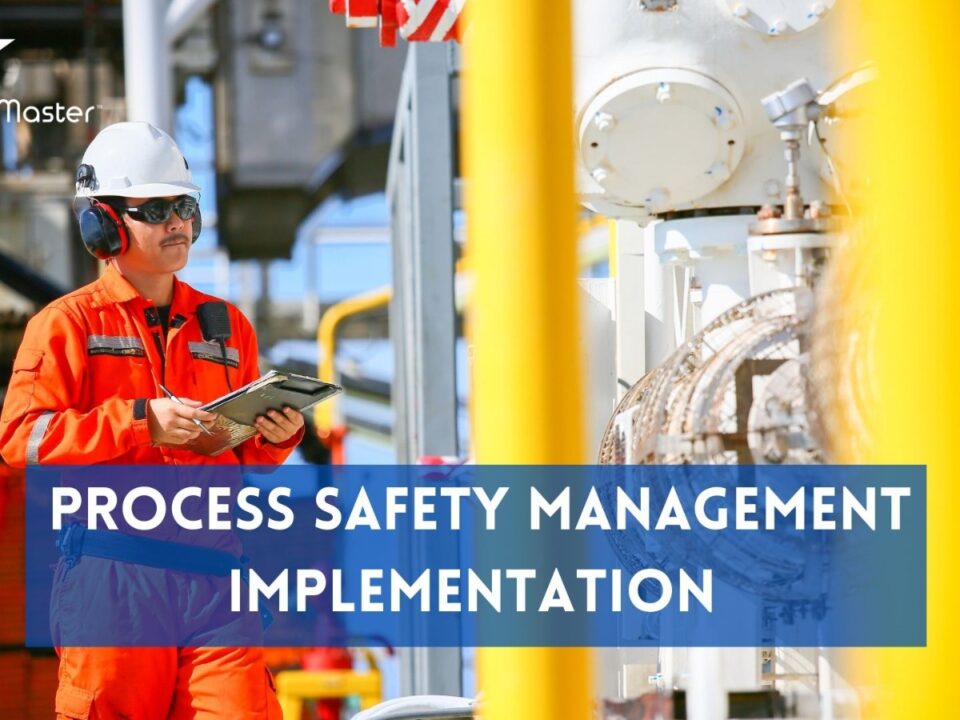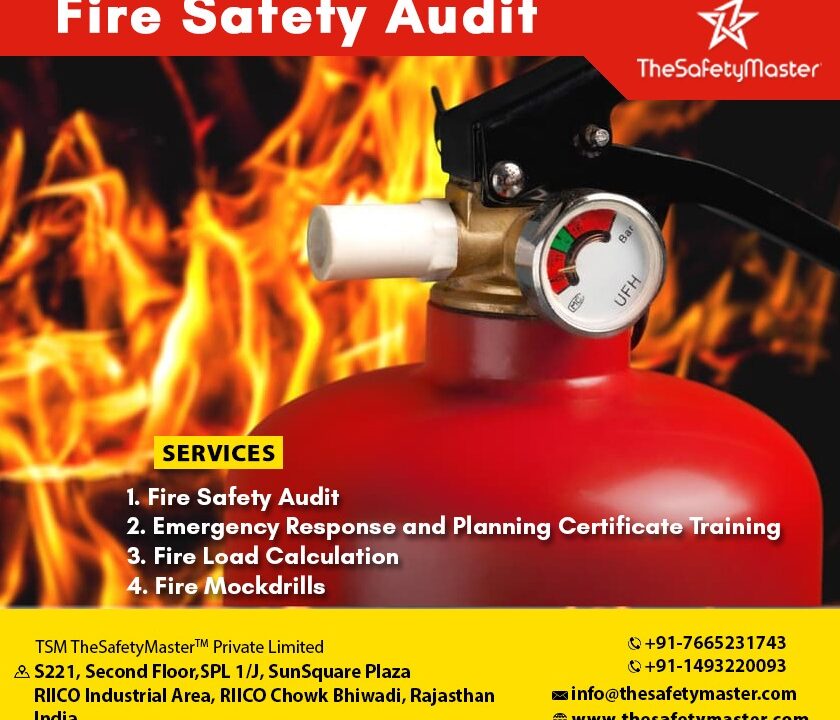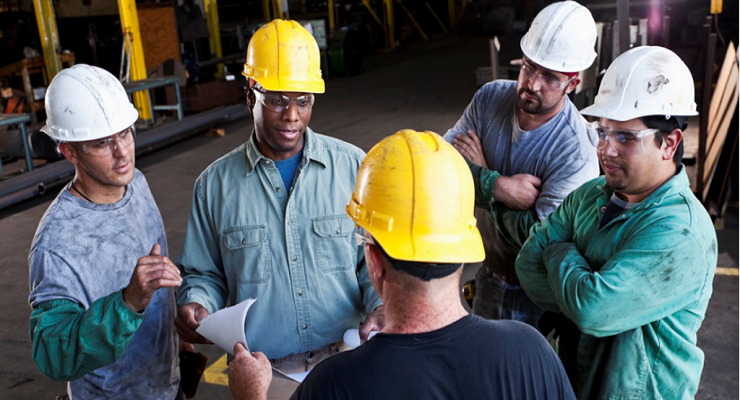Accident Investigation

Chlorine Safety
May 6, 2023
Emergency Response Plan: Protecting Your Business and Community
May 8, 2023Accidents can happen anywhere at any time. Whether it’s a workplace incident, a traffic collision, or a slip and fall on a public sidewalk, accidents can cause serious injuries or even fatalities. Unfortunately, many accidents are preventable with proper safety measures and accident investigation techniques. That’s where accident investigation comes in.
In this article, we will explore the basics of accident investigation and its importance in preventing future incidents. From analyzing the causes of an accident to conducting interviews with witnesses and gathering evidence, we will delve into the tools and techniques used to identify risks, mitigate hazards and promote safer practices. By the end of this article, you will have a sound understanding of how to investigate accidents proactively to ensure safer environments for yourself and those around you.
The Basics of Accident Investigation
When an accident occurs, it’s important to conduct a thorough investigation to determine the root cause and prevent similar incidents from happening in the future. The first step in any accident investigation is to secure the area and ensure that everyone involved is safe.
The next step is to gather information about the incident. This includes interviewing witnesses, taking photographs, and collecting physical evidence. It’s important to document everything that happened leading up to the accident, as well as any factors that may have contributed to it.
Once all of the information has been gathered, it’s time to analyze it and determine what caused the accident. This can be a complex process that involves looking at everything from human error to equipment failure. It’s important to be thorough in this analysis so that you can identify all of the contributing factors.
Finally, once you’ve determined what caused the accident, you can develop recommendations for preventing similar incidents from happening in the future. This might involve changes in policies or procedures, additional training for employees, or modifications to equipment or facilities.
In summary, by following these basic steps – securing the area, gathering information, analyzing causes and developing preventative recommendations – an effective accident investigation can be conducted which ultimately helps save lives and prevent future accidents within a workplace.
Tools and Techniques for Accident Investigation
Accident investigation requires the use of various tools and techniques to identify the root causes of accidents. The first step in any accident investigation is to secure the accident scene and collect evidence. Photographs, witness statements, and physical evidence are all important tools in determining the cause of an accident. Advanced techniques such as 3D laser scanning can also be used to create virtual models of the accident scene.
Another technique used in accident investigation is Failure Modes and Effects Analysis (FMEA). This method involves analyzing each component or step in a process to determine potential failure modes and their effects on the overall system. By identifying potential failures ahead of time, steps can be taken to prevent accidents from occurring.
One promising tool in this field is Artificial Intelligence (AI). AI algorithms can analyze data from multiple sources, including witness statements, sensor data, and video footage, to identify patterns that may have contributed to an accident. With this information, investigators can develop more targeted prevention strategies based on specific risk factors identified by AI.
Analyzing Accident Causes
Once all the necessary data has been gathered, it’s time to start analyzing the accident’s causes. This step requires careful examination of all facts and circumstances surrounding the incident. Accident investigators must determine which factors contributed to the occurrence and what could have been done differently to prevent it.
One common approach is to use a root cause analysis (RCA) method, which identifies the underlying reasons for why an accident happened. RCA involves asking questions such as “Why did this happen?” and “What caused this?” until a root cause has been identified. It’s essential to note that RCA is not just about finding fault or blaming someone for what happened, but rather identifying systemic issues that need to be addressed to prevent similar accidents from occurring in the future.
How to Conduct an Accident Investigation
Conducting a thorough accident investigation is crucial in identifying the cause of an accident and determining effective measures to prevent similar incidents from happening in the future. To conduct a proper investigation, first, establish a team consisting of individuals with relevant knowledge and expertise. The team should be led by someone who can effectively manage the investigation while keeping all members accountable for their assigned tasks.
The team should develop a plan that outlines the scope and objectives of the investigation. The plan should also define each member’s role and responsibilities, as well as timelines for data collection, analysis, and reporting. It is essential to ensure that everyone involved in the process understands expectations and knows what is expected of them at every stage.
Gathering evidence through interviews with witnesses, collecting documentation related to maintenance logs or safety protocols are key components when conducting an accident investigation. The information collected must be documented thoroughly in written reports with detailed recommendations for corrective actions based on findings from investigations. When completed correctly, accident investigations help organizations prevent future accidents by understanding causes, assisting in policy implementation changes to reduce or eliminate risks.
Interviewing Witnesses and Gathering Evidence
One of the most important aspects of accident investigation is gathering evidence and interviewing witnesses. The process of interviewing witnesses can be crucial in determining the root cause of the accident. In order to gather accurate information, it is important to conduct interviews as soon as possible after the accident, while memories are still fresh.
Effective interviewing techniques involve preparing open-ended questions that allow witnesses to provide comprehensive answers. Interviewers should also establish a rapport with witnesses by demonstrating empathy for their experiences, which can make them feel more comfortable and willing to share details about the event. Additionally, gathering physical evidence such as photographs or video recordings can help in reconstructing the scene and better understanding what occurred.
The ultimate goal of interviewing witnesses and gathering evidence is to identify contributing factors which could have prevented similar accidents from happening in the future. By conducting thorough investigations, organizations can take proactive steps towards improving safety in their workplace or community.
Analyzing Human Factors in Accidents
Accidents can be caused by a variety of human factors including fatigue, stress, and distraction. By analyzing these factors, we can identify potential areas for improvement and take steps to prevent future incidents. One important aspect is the role of training in accident prevention. It’s essential to ensure that employees are properly trained to operate equipment and handle hazardous materials safely.
Another crucial factor is communication. Clear communication between employees, supervisors, and management is key to preventing accidents. It’s important to establish procedures for reporting incidents and possible hazards as soon as they are discovered. Additionally, it’s essential to have open lines of communication with workers so that they feel comfortable discussing safety concerns or suggestions for improving safety measures.
Conclusion: The Benefits of Accident Investigation and Prevention
In conclusion, accident investigation plays a crucial role in mitigating future incidents and improving safety in the workplace. Through thorough analysis of accidents and their underlying causes, organizations can take proactive measures to prevent similar incidents from occurring. By incorporating the tools and techniques outlined in this article, organizations can create a culture of safety that values accident prevention as a top priority. With dedication and effort, we can create safer work environments for all employees.
TSM TheSafetyMaster Private Limited provides following services
Visit our website www.thesafetymaster.com or email us at info@thesafetymaster.com +91-7665231743




